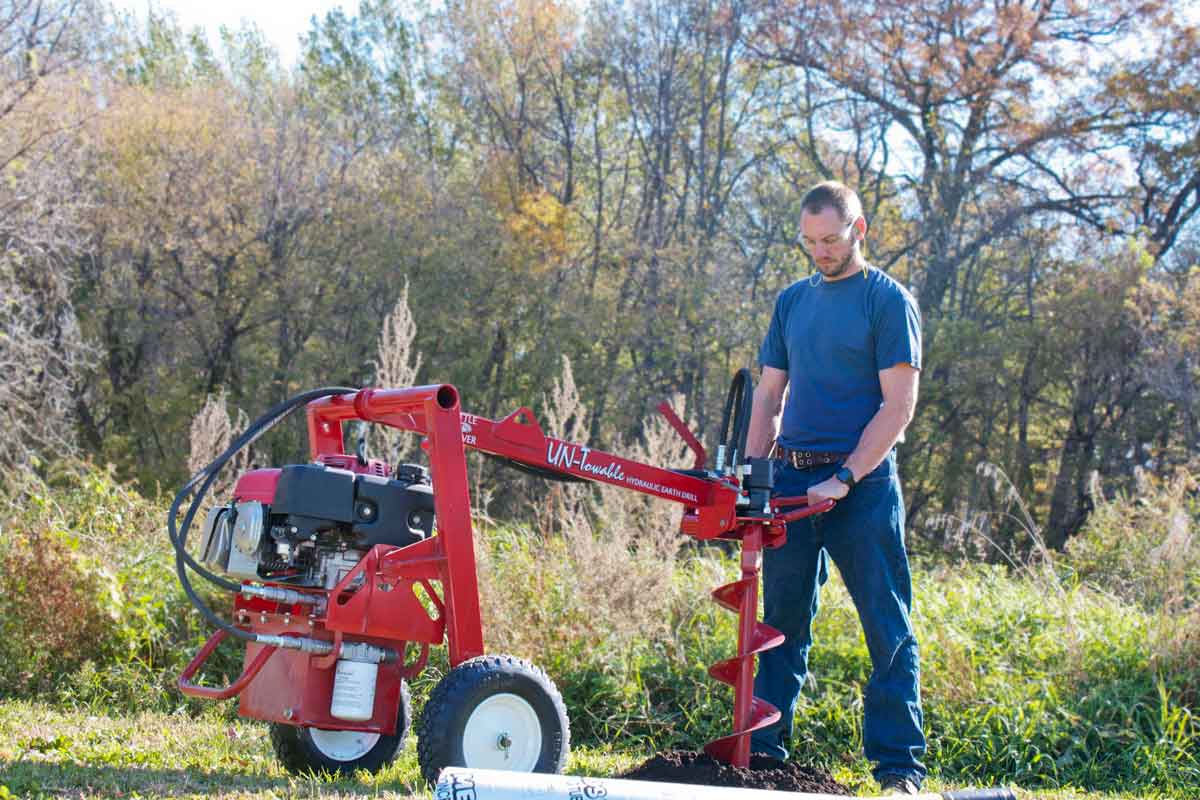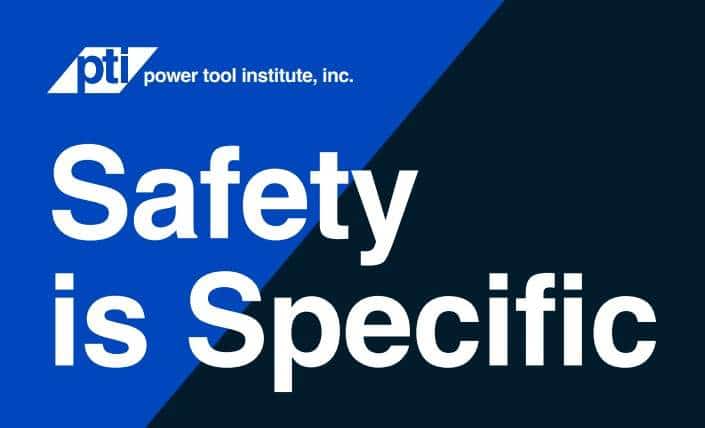Lighten Up with Makita U.S.A.’s New 18V LXT Compact LED Flashlight

Makita U.S.A. Inc. just released the 18V LXT Compact LED Flashlight (DML817, Flashlight Only) which provides a neutral white LED that is ideal for a wide variety of lighting needs.
“Compact and highly versatile, the new 18 Volt LXT Compact LED Flashlight seamlessly adapts to any setting with its portable design, USB charging capability, and a range of lighting modes.” said Benjamin Alvarado, product manager, drilling, fastening and expansion, Makita U.S.A. Inc. “Its compact size ensures it’s the perfect companion for all your lighting needs, whether at work or on the go.
Bright Light, Small Footprint
The LED Flashlight provides up to 29 hours of illumination using an 18V LXT 6.0Ah battery (battery sold separately). The DML817 features a unique design that allows the flashlight to sit atop any Makita 18V LXT battery (battery sold separately) for added stability and ease of placement. It features 3-modes of operation and delivers up to 300 lumens (top/side lights), 150 lumens (top light), 150 lumens (side light).
Convenience Features
Convenience features include a lightweight design at only 0.4 lbs without battery and 1.9 lbs with an 18V LXT 6.0Ah battery (BL1860B, battery sold separately) for reduced operator fatigue. It features a low-profile design at under 4 in. long and is an ideal addition to any toolbox. The DML817 can also charge USB compatible portable devices.
Makita LXT System
The new 18V LXT Compact LED Flashlight is part of the LXT System, the world’s largest cordless tool system powered by 18V batteries with 325+ Products in One System. The LXT System includes an expansive range of 18V and 36V mowers, trimmers, blowers, chain saws and more, as well as a comprehensive range of cordless tools, vacuums, lighting, radios, heated jackets and more – all powered by fast-charging 18V LXT batteries.



Comments are closed here.